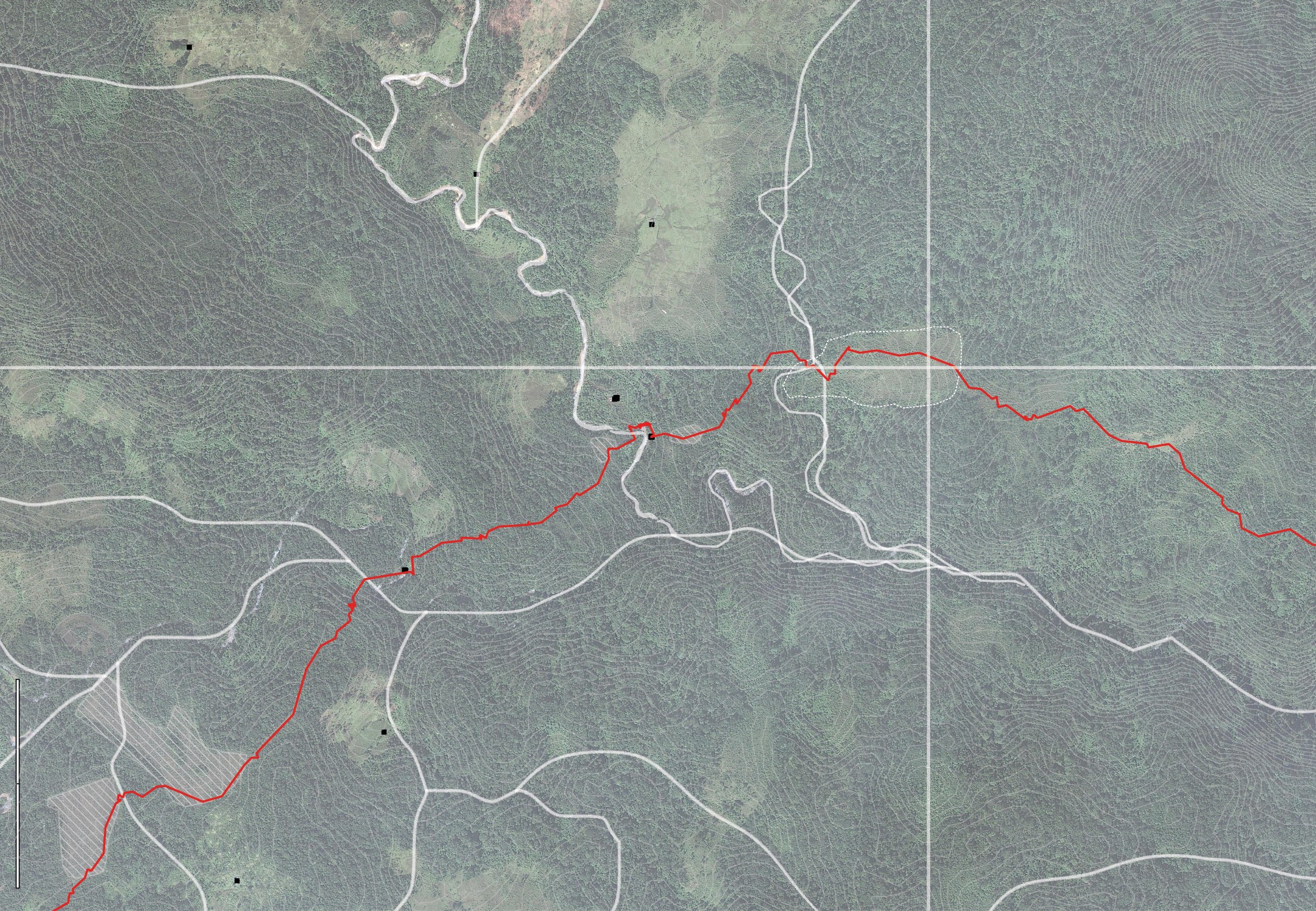
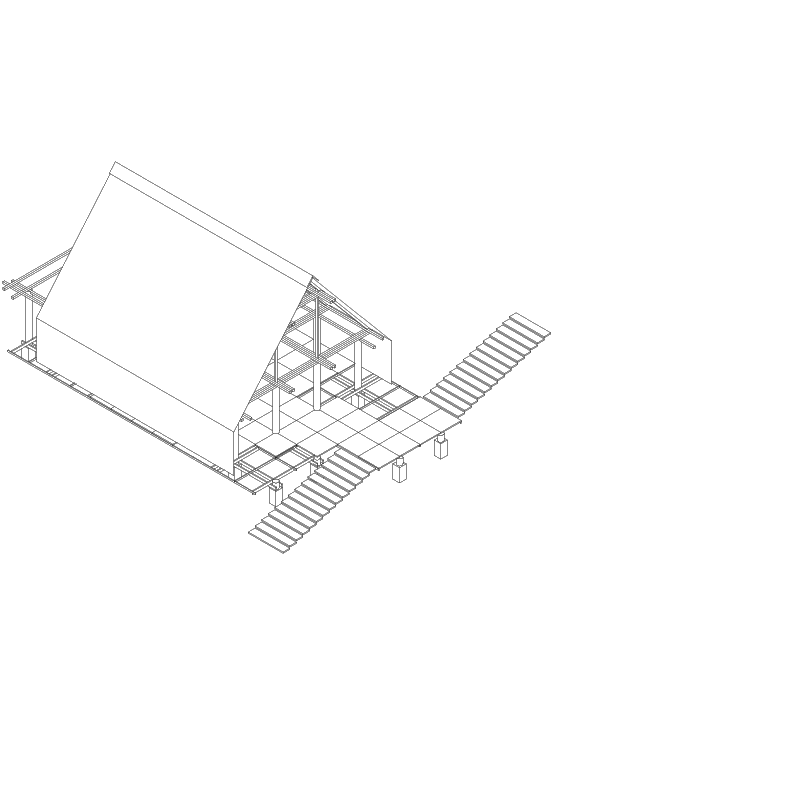

Tambu Turu is a refugue along the ruku ñambi Colón-Aponte. This site is situated in the middle of the walk, where both group from Cólon and Aponte can meet. We also chose it because it used to be a cattle farming area and is already cleared. Cattle farming is the main driver of deforestation of the region.

View from the site looking toward Colón and looking at the path trajectory between the mountains.

The deforested site is now covered with bushed and reeds.

In this humid and high plateau, the soil is very muddy and difficult to walk.

View looking toward Aponte, with the characte
Planting steps
The process of construction is made step by step, for a growing tampu. Some materials are planted at the begining, like the Pajonales used for the traditional leave roofs. This reeds takes only a few years to grow and is unique to the páramo climate.
Step 1 - Build the tulpa space
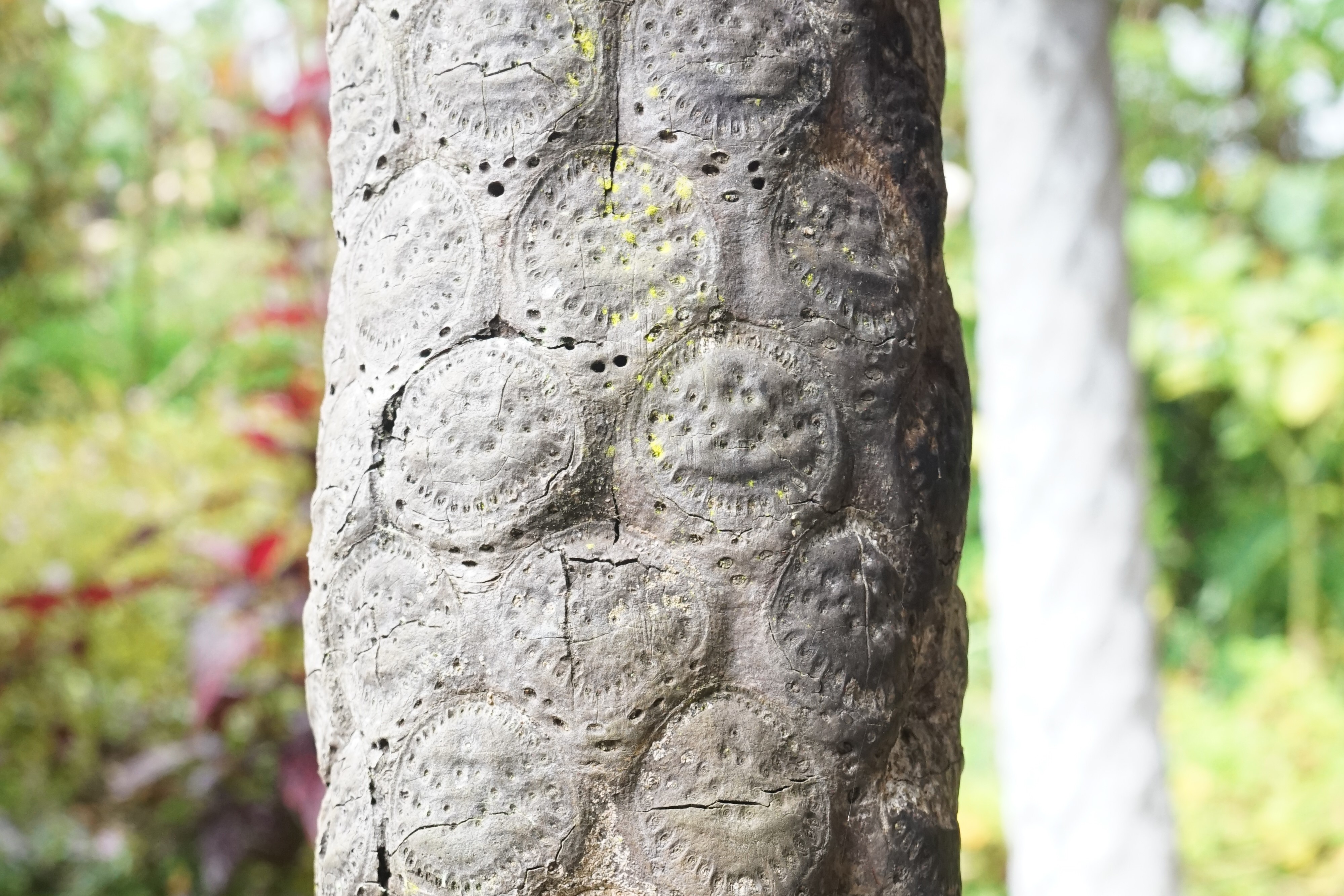
Detail of a Chontaduro column
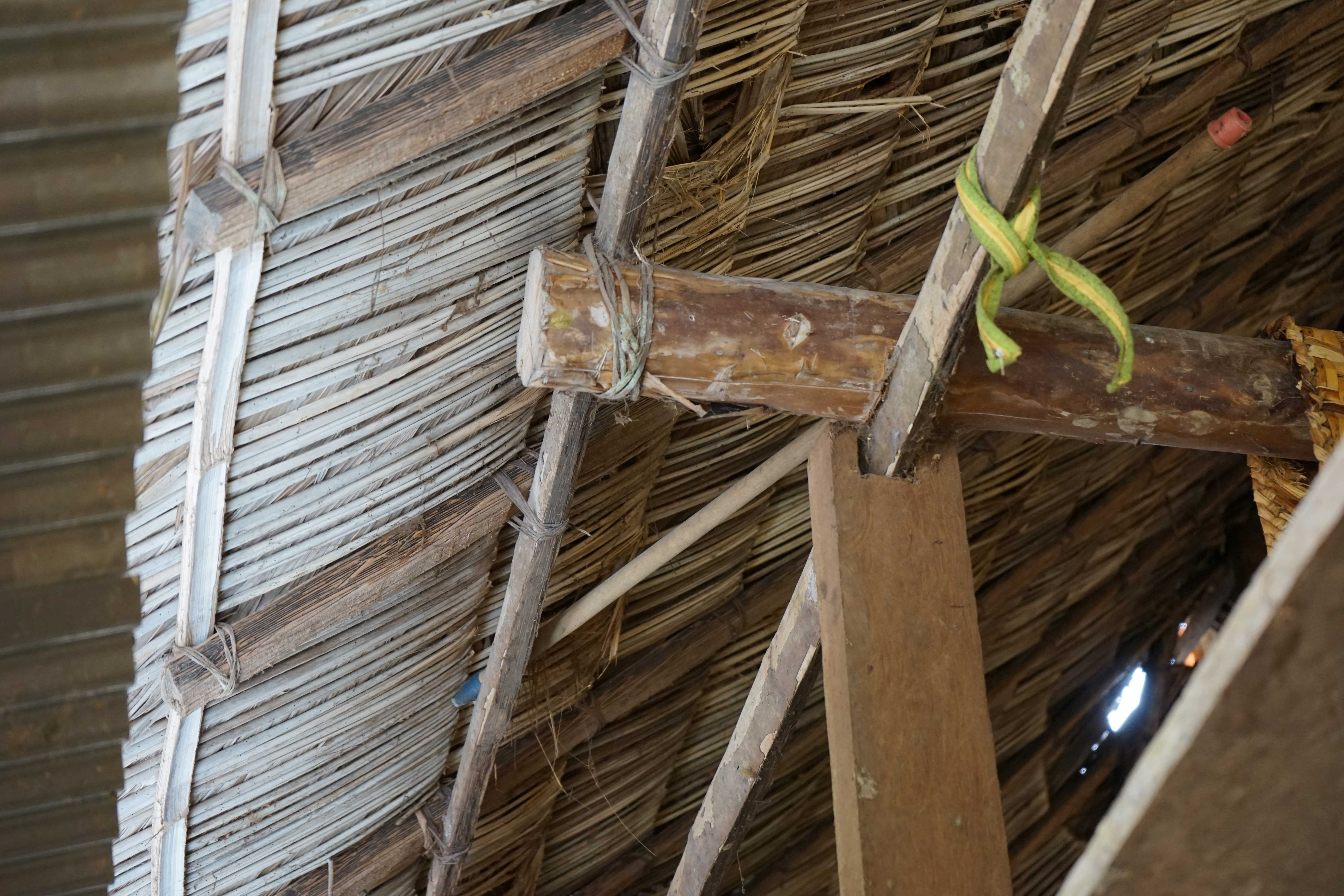
Detail of the roof structure at the Cuaspa family house
Step 2 - First Pajonales roof
In the second step, the rudimental camp developp itself into a proper tampu around the tulpa.
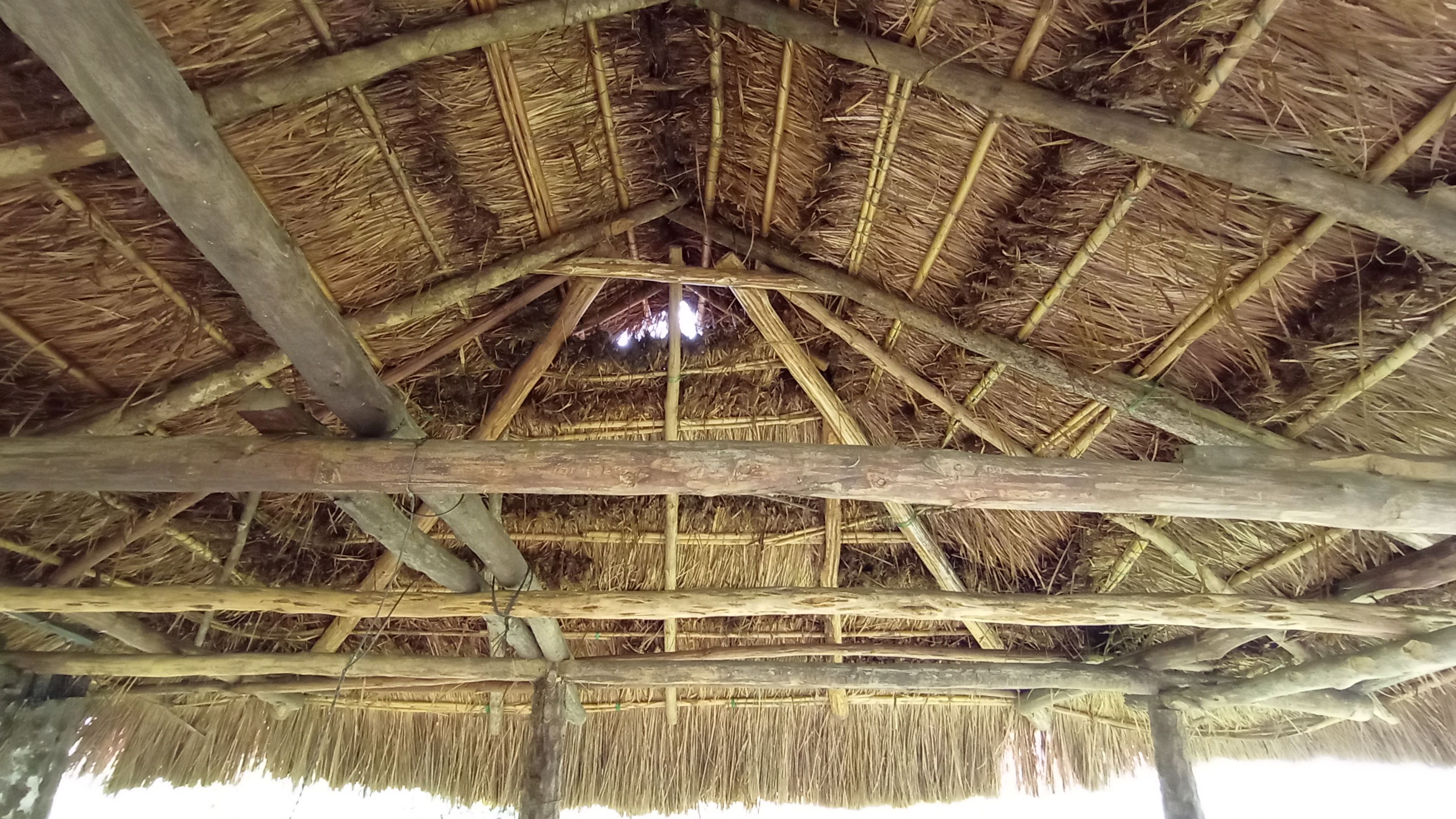
A pajonales roof in Valle Sibundoy - image from Mapeo de Saberes
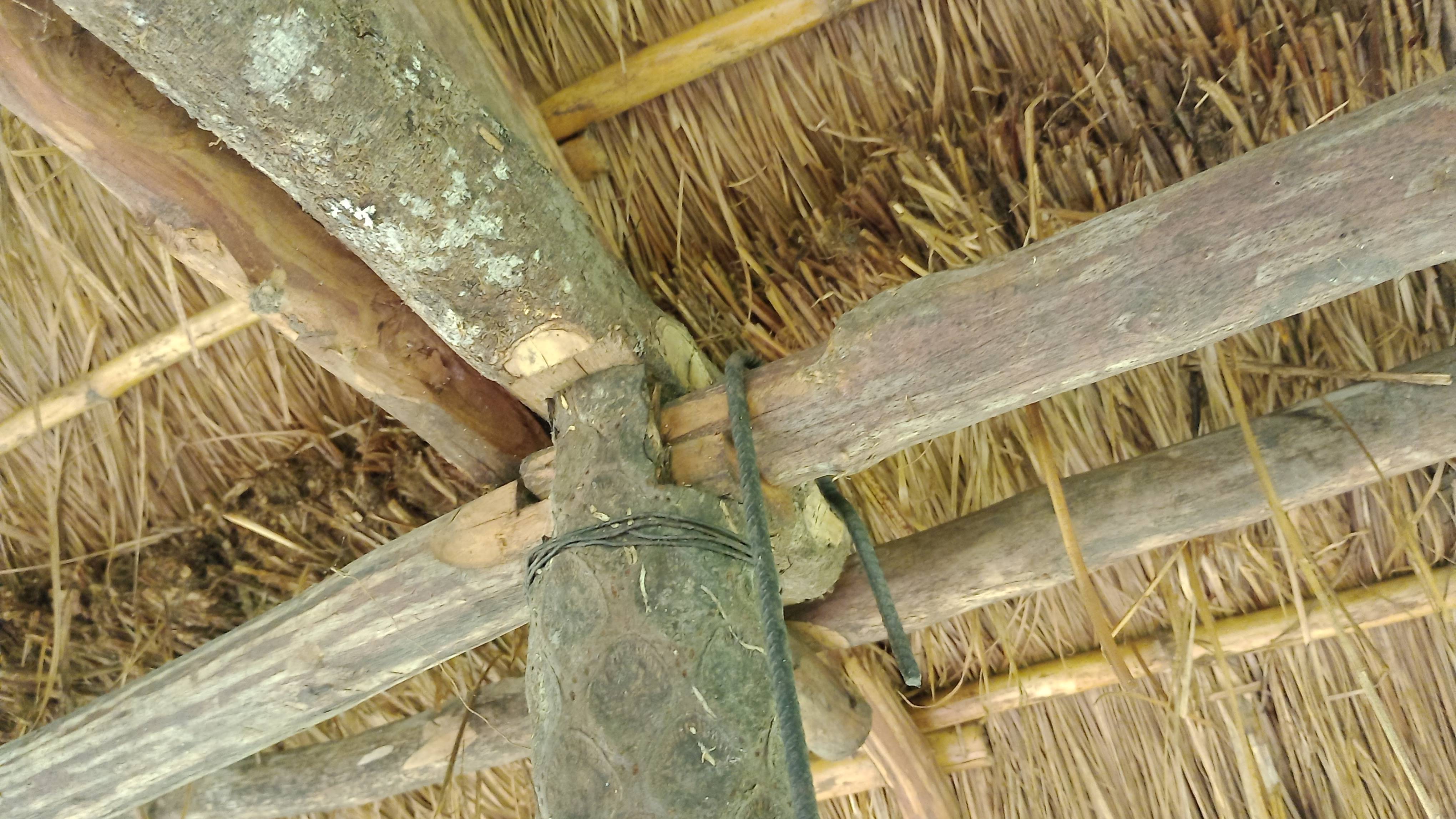
Roof detail of a pajonales roof in Valle Sibundoy - image from Mapeo de Saberes
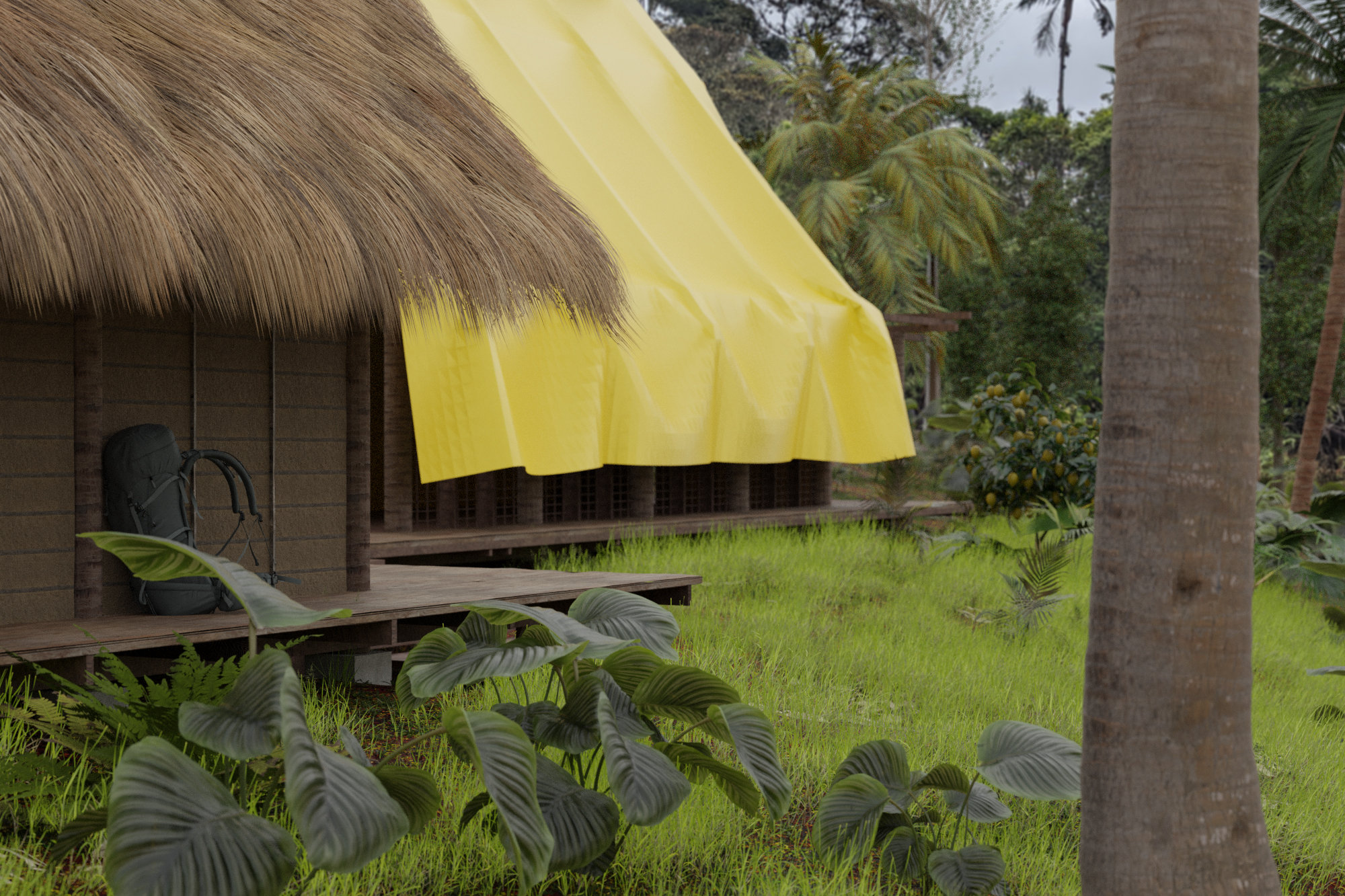
Step 3 - Two Pajonales roofs
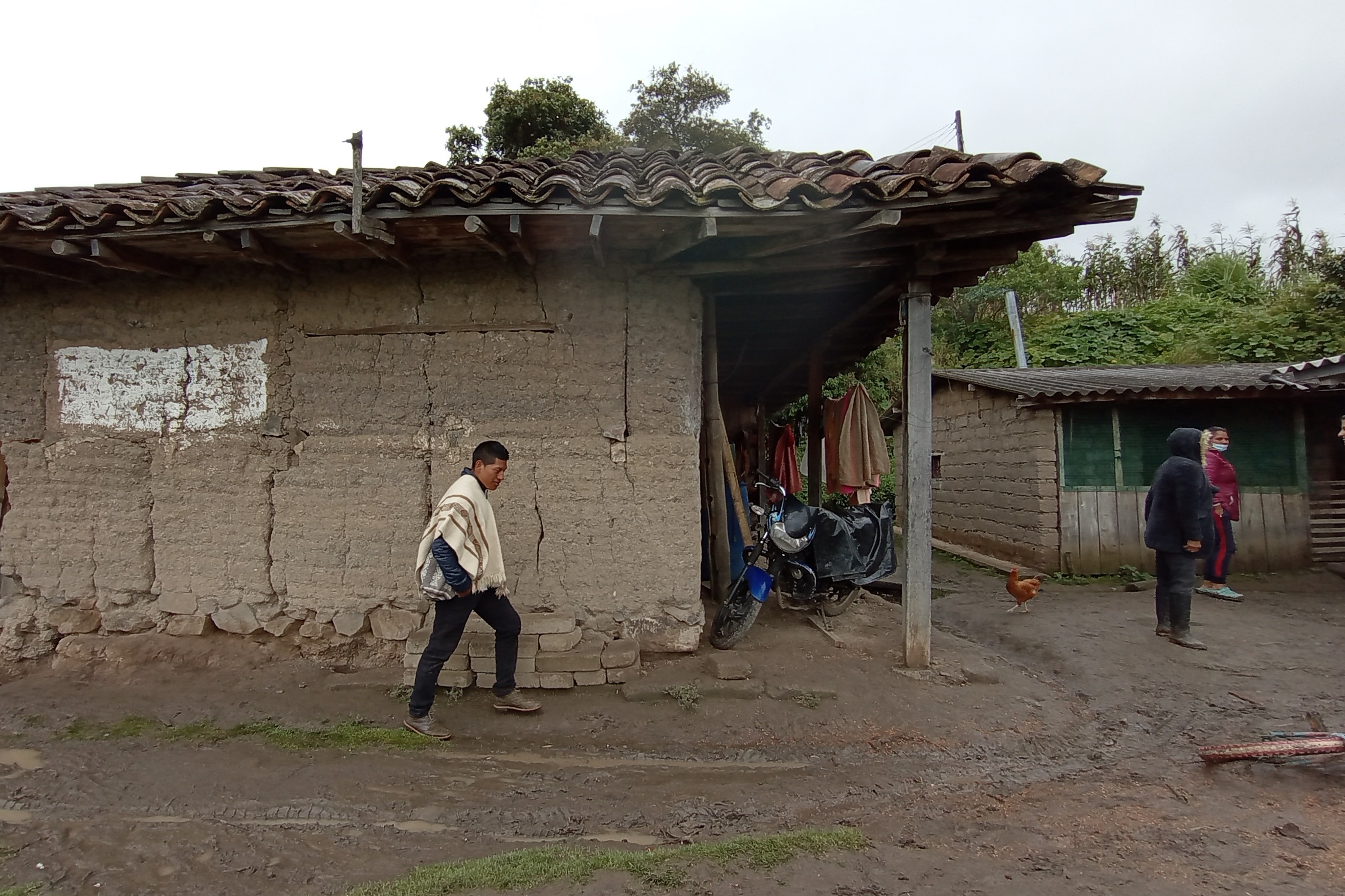
An earth wall photographed in the Mapeo de Saberes
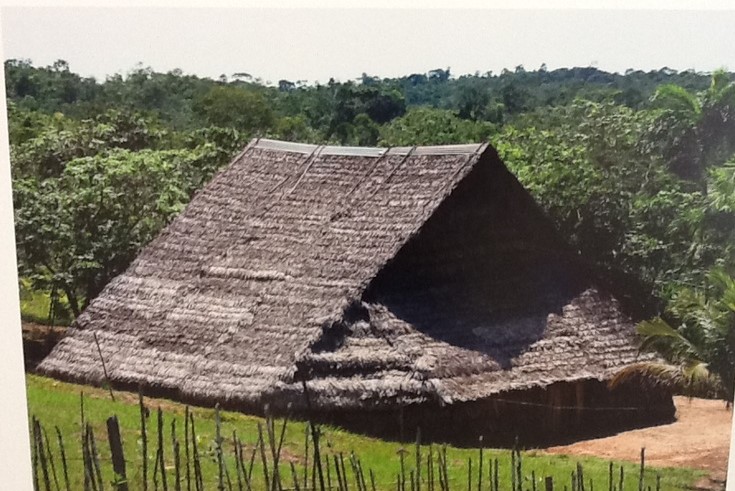
Historic roof form in Valle Sibundoy - Library of Kamëntsá
Pajonales (Eragrostis pastoensis)
Eragrostis pastoensis is a plants of the family Poaceae (grasses), native from South America.It's herbaceous plants, rarely woody and annual. It grows in clumps (clusters). This specific species is unique to páramo (moors) ecosystema and thus grows at high altitude. This grass is used traditional by the inga to do roof cover, even though there's very little example left.
- talked about during the walk Colón-Aponte.

Guadua (Guadua angustifolia)
Guadua is a tropical species of bamboo endemic to South and Central America. Its rapid rate of growth, renewability, high level of CO2 fixation and storage, wide diameter, long-length, and durability are distinctive and highly desirable features which can benefit the new built environment.Currently, Guadua construction is characterized by a degree of uncertainty and depends on the quality of handicraft.
- talked about with the Cuaspa family, at el Tambor, in Yurayako and the Lacaton Book

Arrayan (Minquartia guianensis)
Also called barbasco ahumau is a tree that reach a size of up to 20 m tall with a trunk of 40-120cm. Specie found in the forests of the Atlantic zone from Nicaragua to tropical South America. The Timber is valuable because of its durability. It is on the Red List of threatened Species because it has been harvested intensivly for trade.
- talked about during the walk Colòn-Aponte and with the Cuaspa family in Guayuyaco.
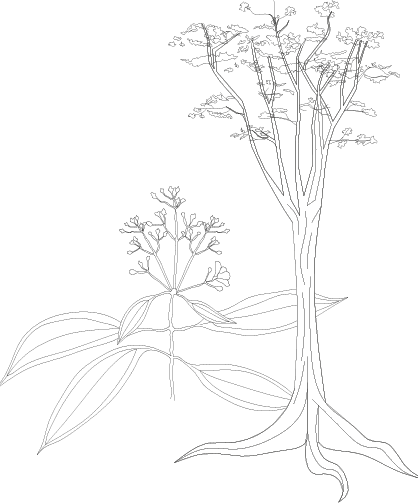
Helecho de tronco (Cyathea frigida)
This fern tree is native to South America and grows in the Andes mountains. It's empty trunk is very resistant and used as columns in traditional Inga construction in the higher and colder territories.
- talked about during the mapping in Sibundoy valley.
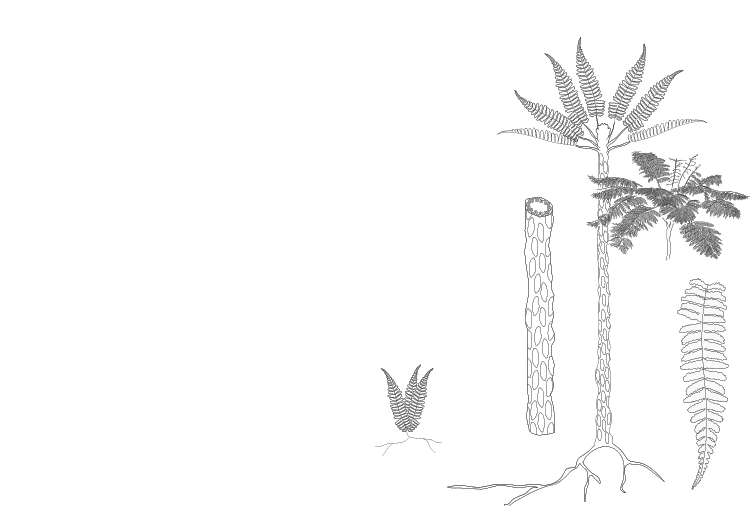
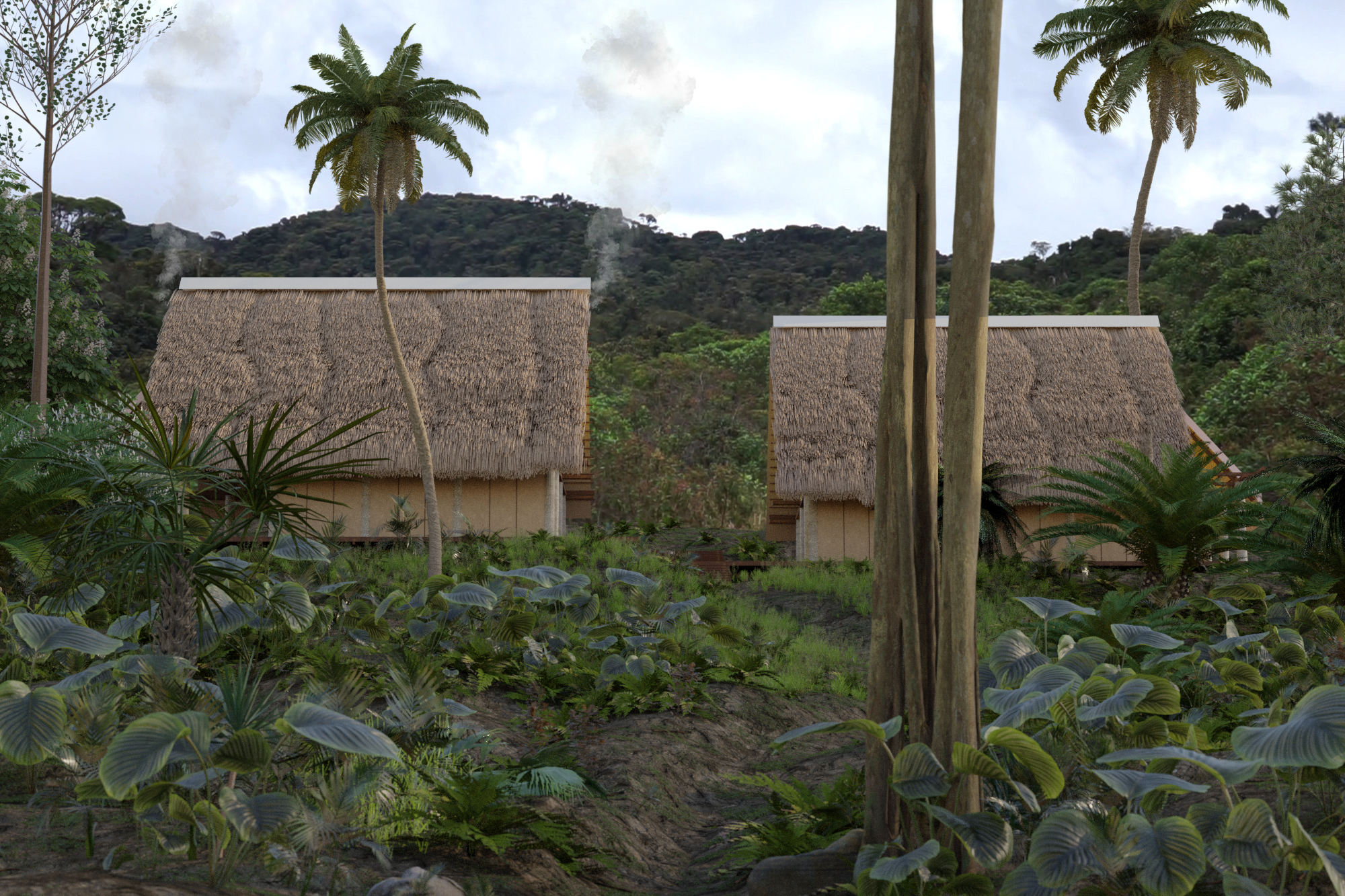
View of two roofs from the bottom of the former pasture